The world of pocket-sized pets brings joy to countless households, but many prospective owners wonder: do these tiny creatures form meaningful connections with humans? From hamsters scurrying in their wheels to gerbils constructing elaborate tunnel systems, mini mammals have captured our hearts with their adorable appearances and fascinating behaviors. Yet the question of whether these small companions truly bond with their caretakers remains a source of curiosity and sometimes debate. Understanding the emotional capacity of these animals not only enhances our relationships with them but also helps us provide better care tailored to their natural needs and instincts. Let’s explore the complex and often surprising world of human-small mammal relationships.
The Science Behind Animal Bonding
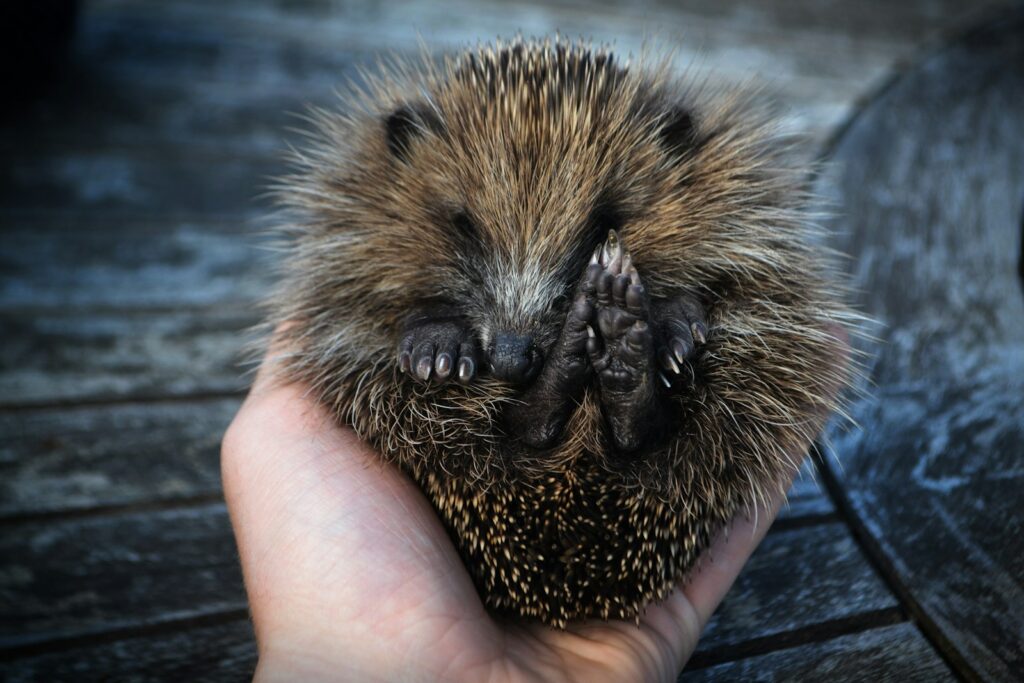
Animal bonding is a fascinating biological process driven by a combination of neurochemical responses and evolutionary adaptations. In many mammals, the hormone oxytocin plays a crucial role in forming attachments, often called the “bonding hormone” because it’s released during positive social interactions. Research has shown that mutual gaze between dogs and their owners, for instance, triggers oxytocin release in both parties, creating a positive feedback loop that strengthens their bond. Small mammals possess many of the same neural structures responsible for emotional processing, though they function differently across species. The amygdala and hippocampus regions in rodent brains are particularly well-studied, revealing complex emotional responses that, while different from humans, indicate capacity for some form of attachment and preference.
Social Structure in the Wild: A Key Factor
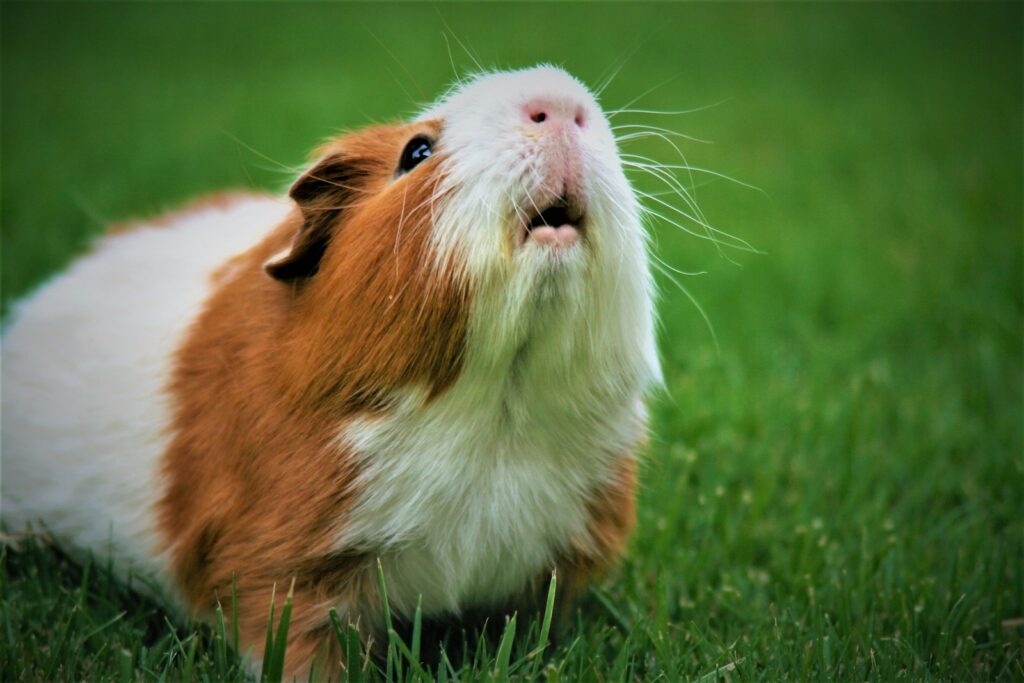
Understanding how mini mammals interact in their natural habitats provides crucial insights into their capacity for human bonding. Species that naturally live in social groups or family units, such as rats and degus, have evolved neurological and behavioral frameworks that support relationship formation. These social species recognize individual group members, engage in grooming behaviors, and may even demonstrate mourning behaviors when separated from companions. In contrast, naturally solitary species like hamsters haven’t evolved the same neurological “wiring” for complex social bonds, as they typically interact with others primarily for mating. The Syrian hamster, for example, lives alone in the wild and may become stressed when forced to share space with others, suggesting their brains are optimized for independent rather than social living.
Rats: The Social Butterflies
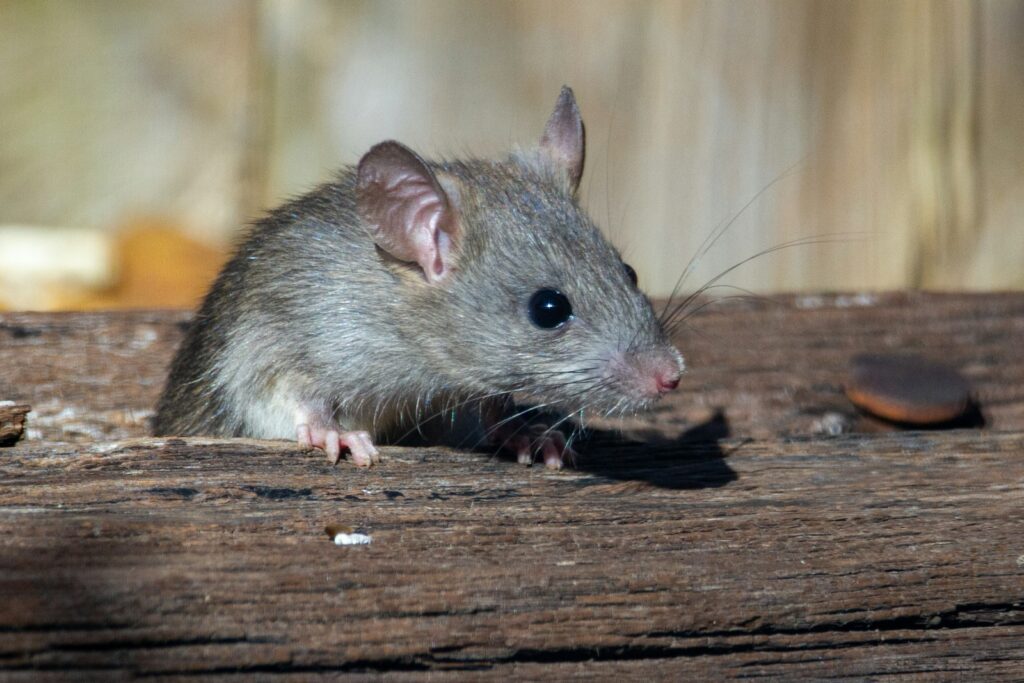
Among small pets, rats stand out as exceptionally social creatures capable of forming deep bonds with their human caretakers. Research has demonstrated that rats recognize their owners, respond to their names, and will often choose human interaction over other rewards when given the option. Their highly developed social intelligence enables them to read human facial expressions and respond differently to familiar versus unfamiliar people. Rat owners frequently report their pets becoming excited when they enter a room, seeking out physical contact, and even following verbal commands similar to dogs. Their natural grooming behaviors often extend to their humans, with many rats licking their owners’ fingers or attempting to groom their hair—a sign of acceptance and affection in rat social structure.
Hamsters: Independent but Familiar
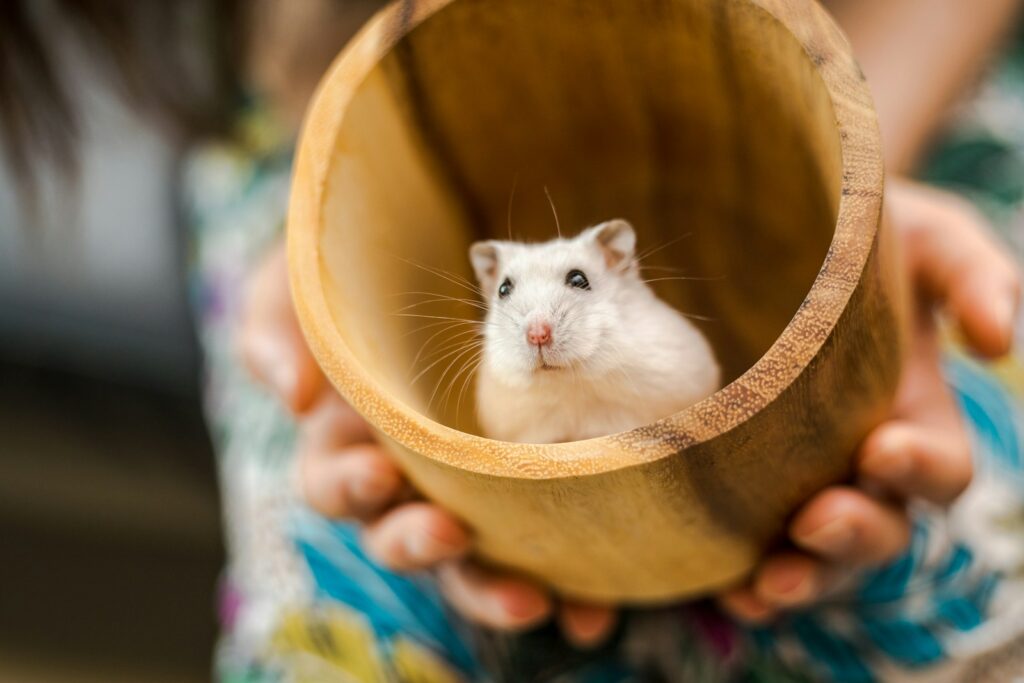
Hamsters represent a different point on the bonding spectrum, being naturally solitary animals in the wild. While hamsters typically don’t form the same deep attachments observed in rats, they can certainly recognize and become comfortable with their regular caretakers. Their bonding style might be better described as “habituation” rather than emotional attachment—they learn that specific humans are safe and associated with positive experiences like treats or playtime. Many hamster owners notice their pets becoming less skittish over time, willingly climbing onto their hands or showing curiosity rather than fear. The Syrian hamster, particularly, may develop stronger individual relationships with owners compared to dwarf varieties, though individual personality plays a significant role in determining how affectionate any hamster becomes.
Guinea Pigs: Vocal Relationship Builders
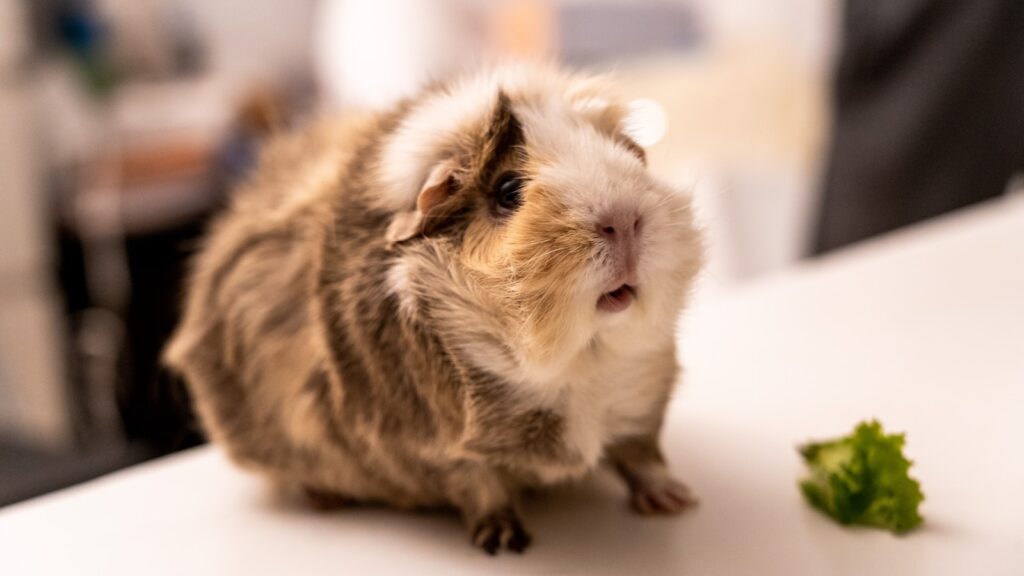
Guinea pigs have evolved sophisticated social structures that make them particularly adept at forming connections with their human caregivers. These vocal creatures use a variety of sounds to communicate, from excited “wheeks” when they hear their food container to purring when content during petting sessions. Unlike some other rodents, guinea pigs are diurnal (active during daylight hours), aligning their schedule with human activity patterns and creating more opportunities for meaningful interaction. Long-term studies have shown that guinea pigs can distinguish between different human handlers, often showing preferences through their willingness to approach or vocalize. Their preference for predictable routines means they quickly learn to associate specific people with feeding, cleaning, and play, creating a foundation of trust that resembles bonding.
Gerbils: Community-Minded Connectors
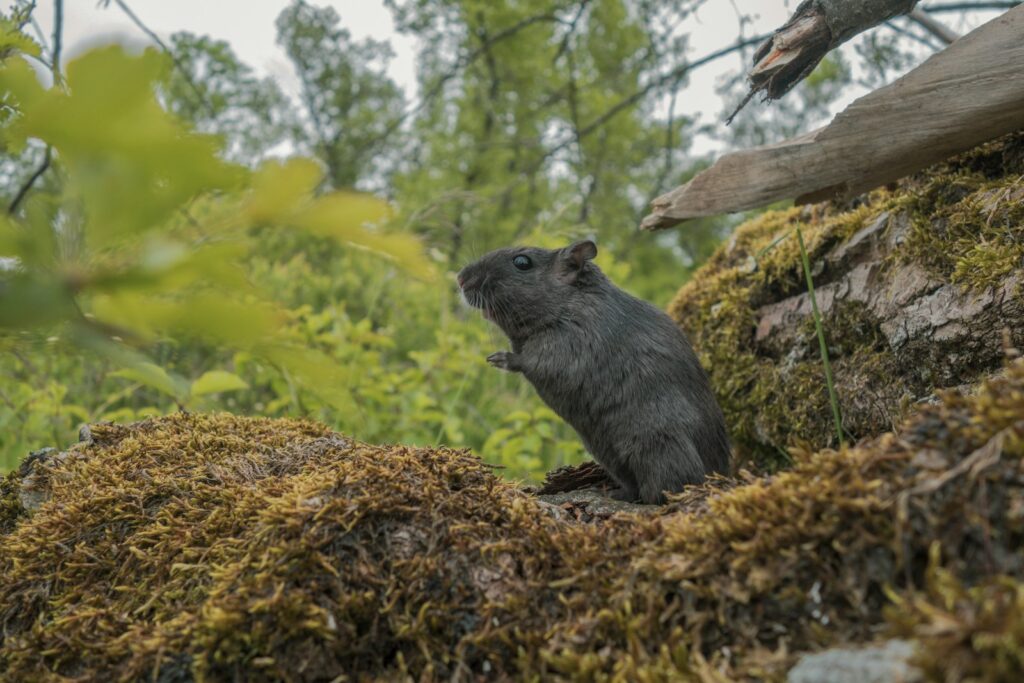
Gerbils offer a fascinating middle ground in the bonding spectrum, being highly social with their own kind while also capable of forming recognizable connections with human caretakers. Native to arid regions where they live in extended family groups, gerbils have evolved communication systems that include scent marking, vocalizations, and complex body language. This natural sociability translates to their relationships with humans, as they quickly learn to associate specific people with positive experiences. Many gerbil owners report their pets exhibiting excitement when they approach, sometimes even standing on hind legs (a behavior called “standing tall”) that indicates positive interest rather than fear. Their natural curiosity makes them amenable to gentle handling, and consistent interaction typically results in gerbils that seek out human contact rather than avoiding it.
Mice: Smart But Cautious Companions
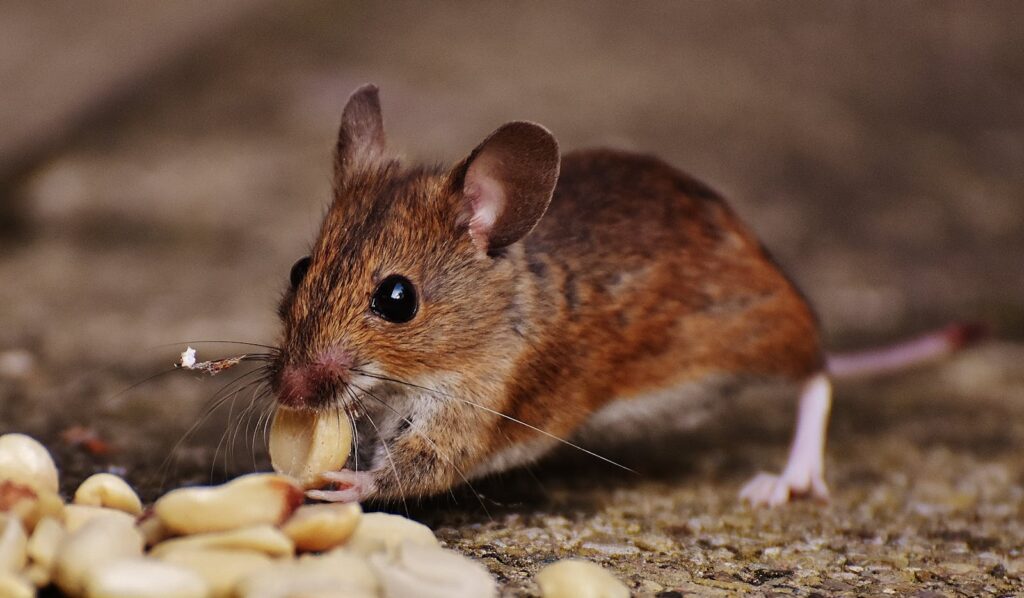
Mice possess remarkable intelligence that contributes to their ability to recognize and remember human caregivers, despite their naturally cautious temperament. Studies have demonstrated that mice can distinguish between individual humans by scent and appearance, often showing different stress responses to unfamiliar versus familiar people. Their small size and prey animal instincts mean relationships develop more slowly, requiring patience and consistent positive interactions. Experienced mouse owners often report their pets becoming comfortable enough to take treats directly from hands and even climbing onto their owners voluntarily after establishing trust. Female mice typically show more social behaviors toward humans than males, who may remain more territorial, though individual personality variations exist across both sexes.
Building Trust: The Foundation of Bonding
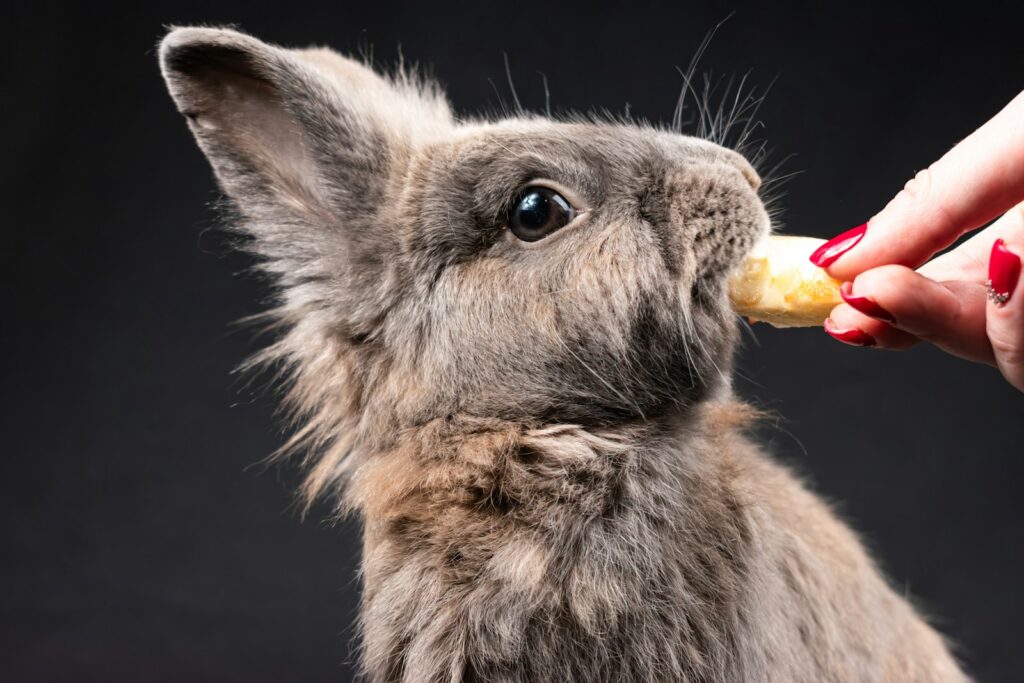
Establishing trust forms the cornerstone of any meaningful relationship with small mammals, requiring consistency and respect for their natural behaviors. The process begins with allowing the animal to acclimate to its environment without forcing interaction, which can take anywhere from several days to weeks depending on the species and individual temperament. Offering treats from your hand creates positive associations while respecting the animal’s boundaries—allowing them to approach rather than grabbing or cornering them. Regular, gentle handling that mimics natural social behaviors appropriate to the species (such as gentle scratching resembling grooming) helps animals recognize humans as sources of comfort rather than stress. The most successful bonds develop when owners learn to read their pet’s body language, respecting when they need space and engaging when they show curiosity or affection.
Signs Your Mini Mammal Has Bonded

Recognizing the subtle ways small pets demonstrate attachment requires understanding species-specific behaviors that indicate comfort and trust. A bonded small mammal typically shows reduced defensive postures when their owner approaches, contrasting with their reaction to strangers who might trigger freezing, hiding, or alarm calls. Many owners report their pets developing specific “greeting” behaviors—rats might bounce excitedly, guinea pigs wheek enthusiastically, or gerbils may stand tall on hind legs when they recognize their person. Seeking proximity voluntarily represents another strong indicator of bonding, such as when a hamster chooses to nap in your sleeve or a mouse climbs up your arm rather than away from you. Perhaps most tellingly, bonded animals often demonstrate relaxed body language during handling, including half-closed eyes, stretched-out posture, or even grooming behaviors directed at their human companion.
Species-Specific Bonding Activities
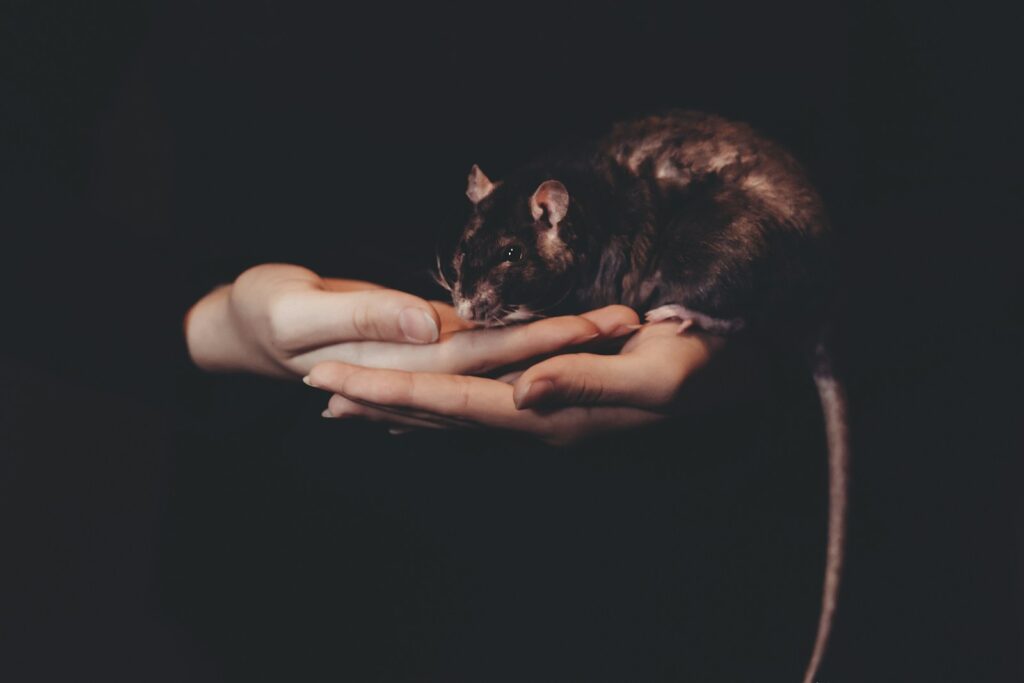
Tailoring interaction to match each species’ natural behaviors significantly enhances bonding potential with mini mammals. Rats thrive on interactive play that challenges their intelligence, such as simple puzzle toys, shoulder rides, or games of “hide and seek” with treats hidden in your closed hands. Guinea pigs respond well to “floor time” where they can explore a safe space with their owners nearby, often appreciating gentle petting that mimics how they groom each other in groups. Hamsters, being primarily nocturnal, bond best during evening hours when they’re naturally active, often enjoying supervised exploration in a secure playpen or bathtub. Gerbils appreciate tunneling activities that reflect their natural burrowing behavior, like cardboard tubes they can run through while interacting with their owners. Mice benefit from stationary hand-holding sessions where they can climb on a motionless hand, reducing their natural fear response to quick movements while satisfying their curiosity.
Environmental Enrichment and Its Impact on Bonding
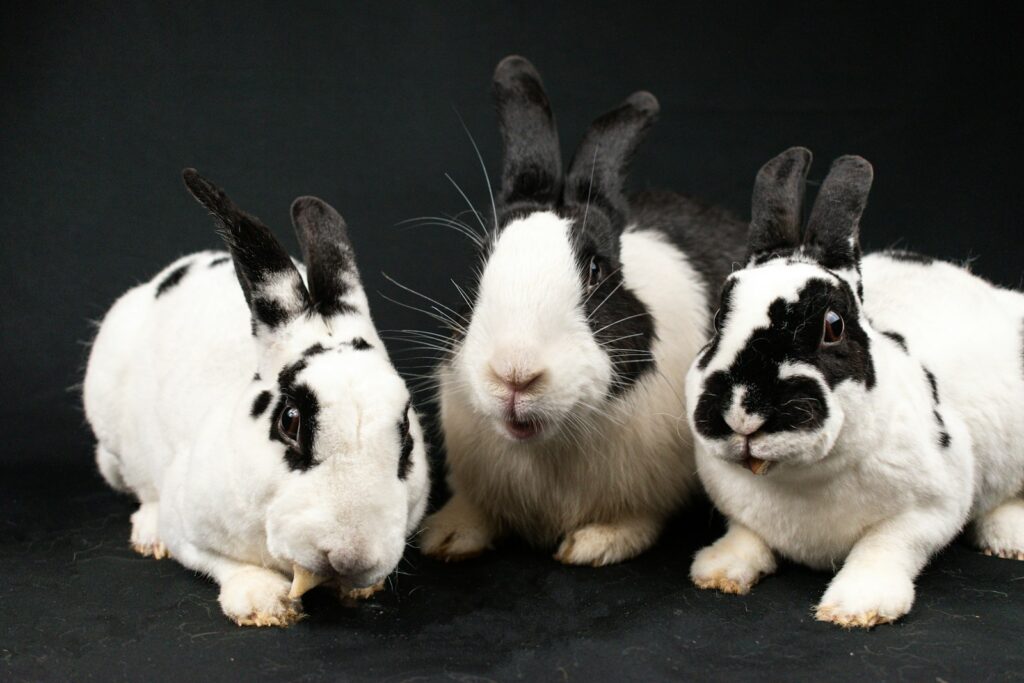
The quality of an animal’s living environment plays a crucial role in their capacity to form bonds with humans by affecting their overall psychological well-being. Mini mammals housed in spacious enclosures with appropriate enrichment show reduced stress hormones and increased exploratory behaviors, creating a neurological state more conducive to positive social interactions. Species-appropriate enrichment—like deep bedding for diggers, climbing structures for explorers, or multiple hideouts for security—allows animals to express natural behaviors, preventing frustration behaviors that might otherwise manifest as aggression or fearfulness toward handlers. Research has demonstrated that animals provided with regular environmental novelty (new toys, changing layouts) show increased cognitive flexibility, potentially enhancing their ability to adapt to human interaction. The confidence gained from mastering their environment often translates directly to confidence during human interactions, creating a positive feedback loop that strengthens the human-animal bond.
The Role of Early Handling
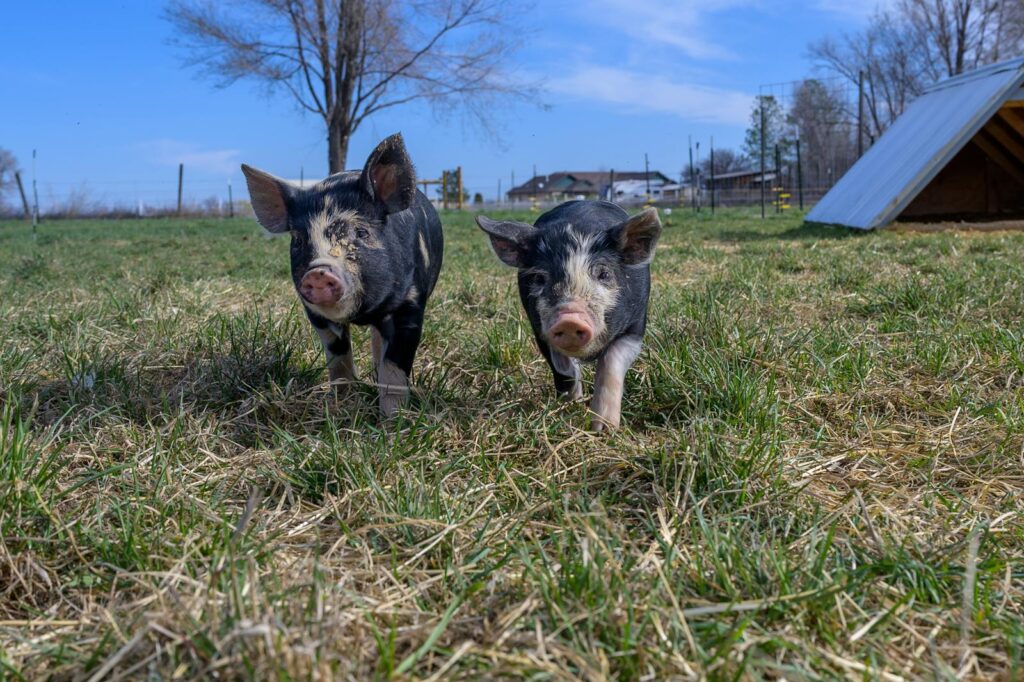
The timing of first human contact significantly influences a small mammal’s capacity for bonding throughout its life. Animals exposed to gentle, positive human handling during critical developmental periods—typically between 2-8 weeks depending on species—often demonstrate lasting comfort with human interaction. This phenomenon, sometimes called the “socialization window,” represents a period when the animal’s brain is particularly plastic and receptive to forming new associations without the full development of fear responses. Studies with laboratory rodents have consistently shown that early-handled animals maintain lower stress hormones during human interaction even into adulthood compared to those first handled later in life. For pet owners, this underscores the importance of asking breeders or rescue organizations about early handling practices when selecting a new pet, as these early experiences create the neurological foundation for future bonding potential.
Individual Personality Variations
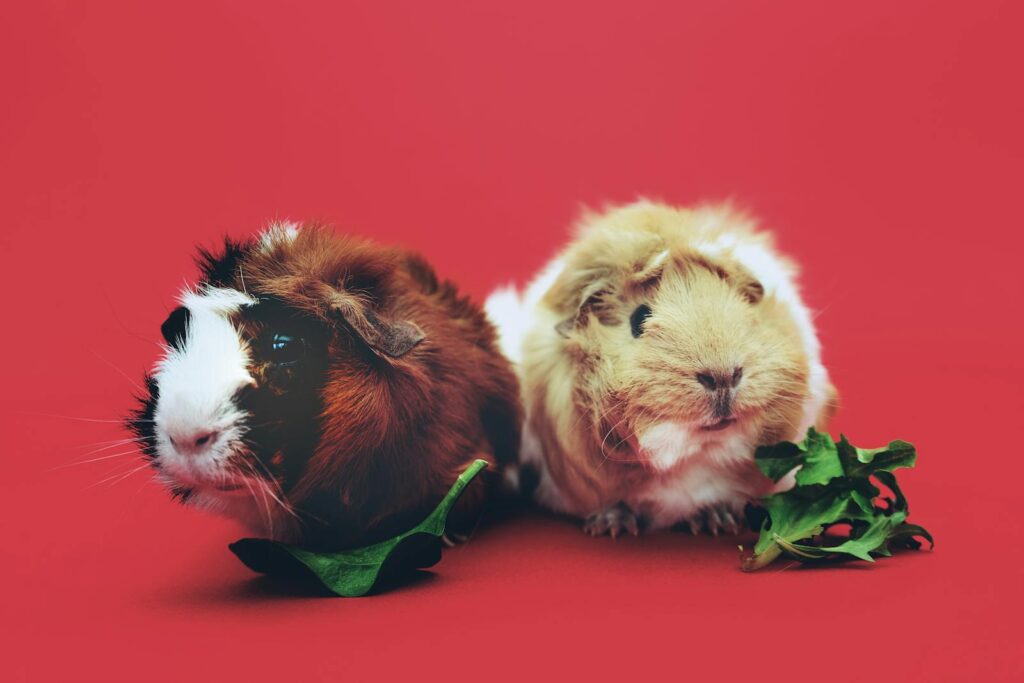
Just as humans vary in their sociability and temperament, individual mini mammals display remarkable personality differences that influence their bonding capacity. Within any species, certain animals naturally demonstrate more curious, bold, or affiliative traits that make them more receptive to human interaction. These individual differences emerge from a complex interplay of genetics, early environment, and developmental experiences unique to each animal. Experienced owners often report dramatic personality variations even among same-species pets raised in identical conditions—one hamster might eagerly climb into hands while its sibling remains cautious despite the same handling routine. Research in rodent behavior has identified consistent personality traits that appear across various species, including exploration tendency, boldness, sociability, and activity levels, all of which contribute to an individual animal’s bonding potential. Respecting these innate personality differences and adjusting expectations accordingly allows for more satisfying relationships with small animal companions.
Conclusion: Meaningful Connections Within Natural Limits
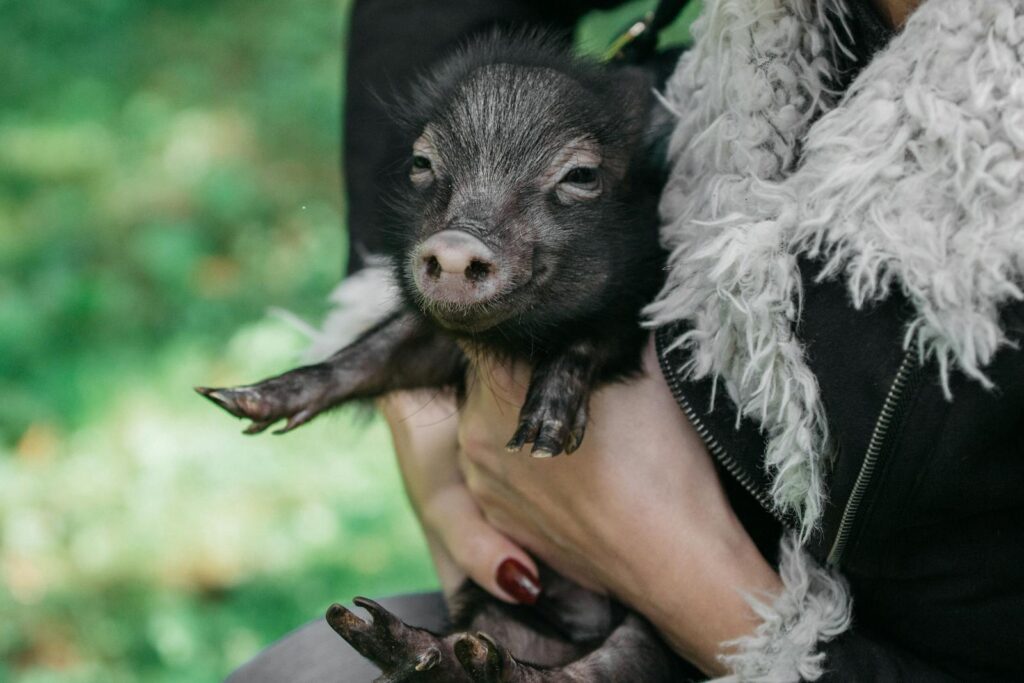
The question of whether mini mammals bond with their owners doesn’t have a simple yes or no answer, but rather exists on a spectrum influenced by species characteristics, individual personality, and human approach. While these small companions may not bond in the same way as dogs or cats, most species are capable of forming meaningful relationships characterized by recognition, trust, and varying degrees of affection within the framework of their natural behaviors. Understanding and respecting each species’ inherent social structure—from the deeply social rat to the more independent hamster—creates realistic expectations that lead to mutually satisfying relationships. The most rewarding connections develop when we appreciate these animals on their own terms rather than expecting them to conform to human definitions of companionship. Through patience, consistency, and species-appropriate interaction, many owners discover that these pocket-sized pets offer a unique and fulfilling form of animal companionship that enriches both human and animal lives alike.



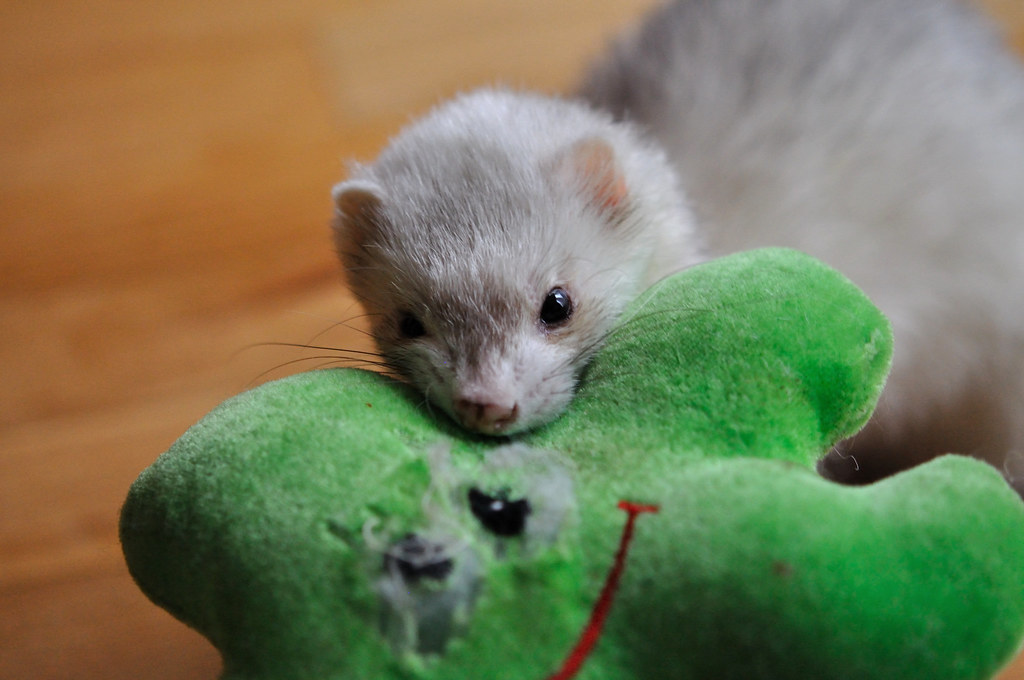
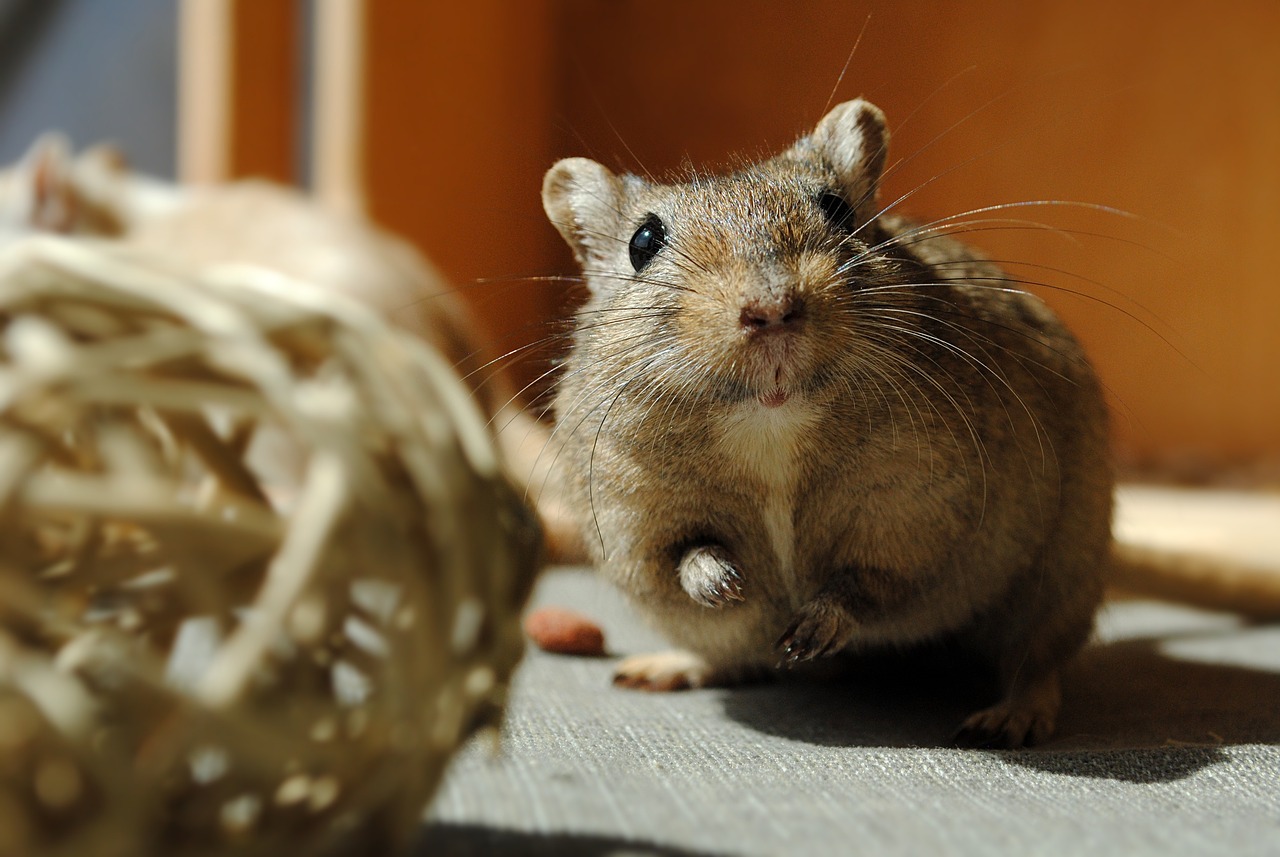


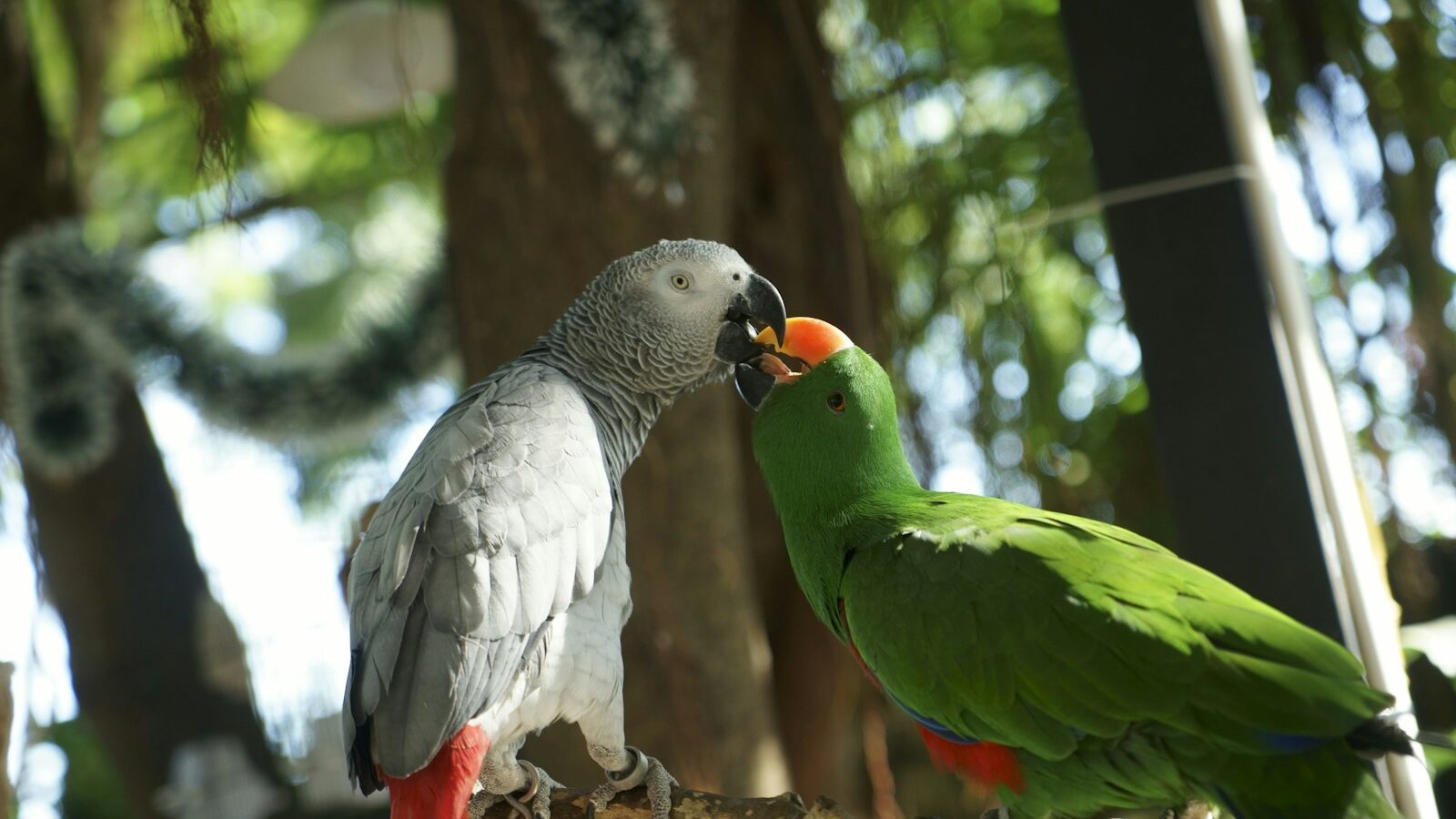


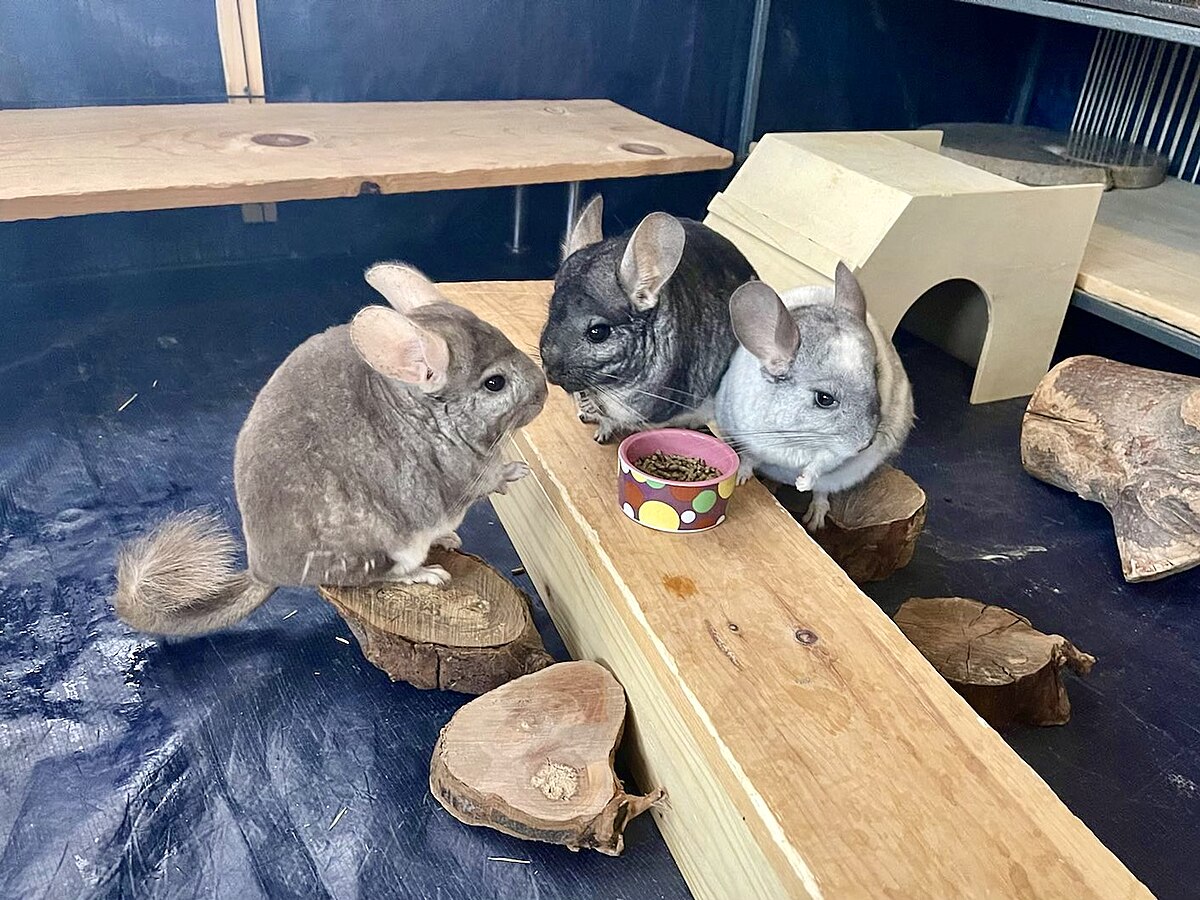
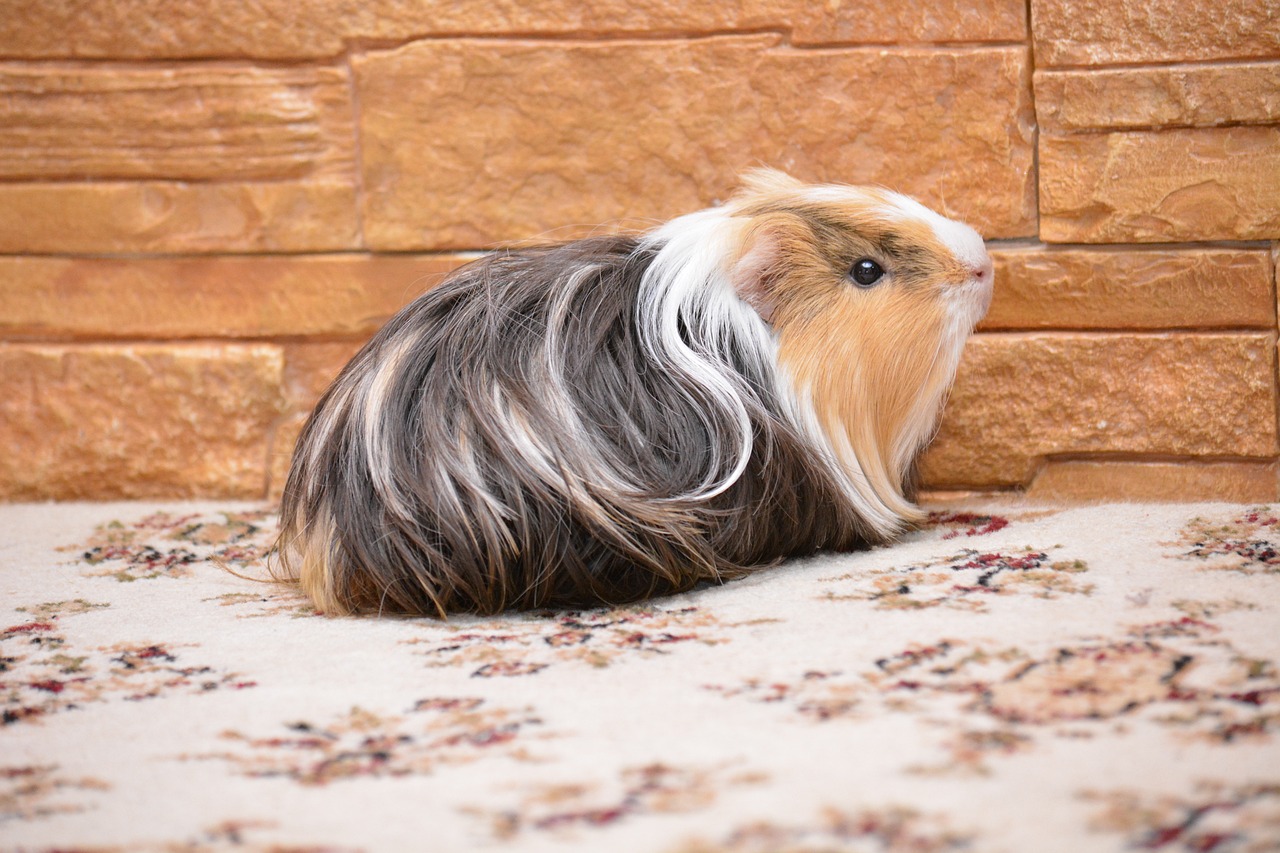



Leave a Reply